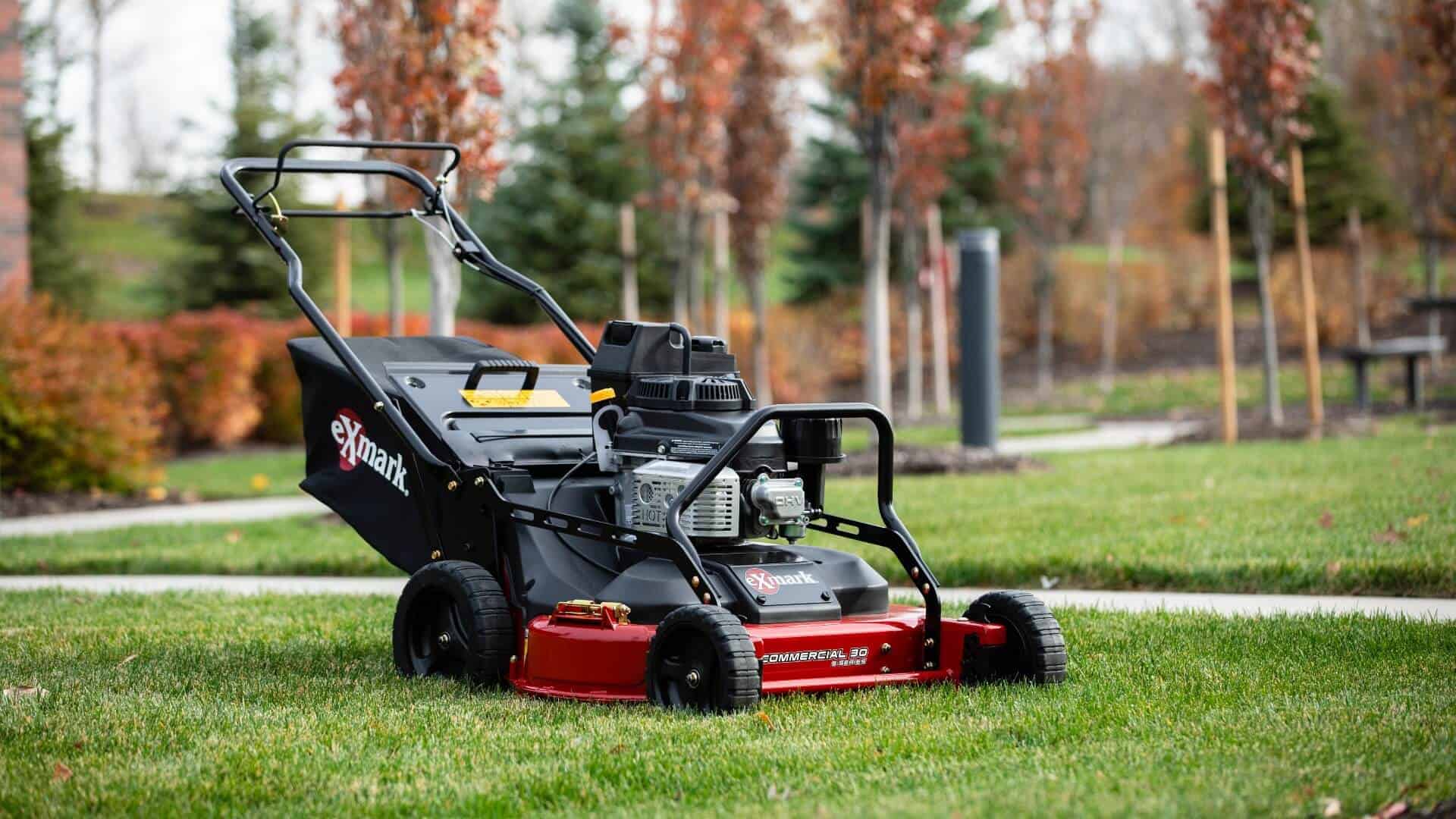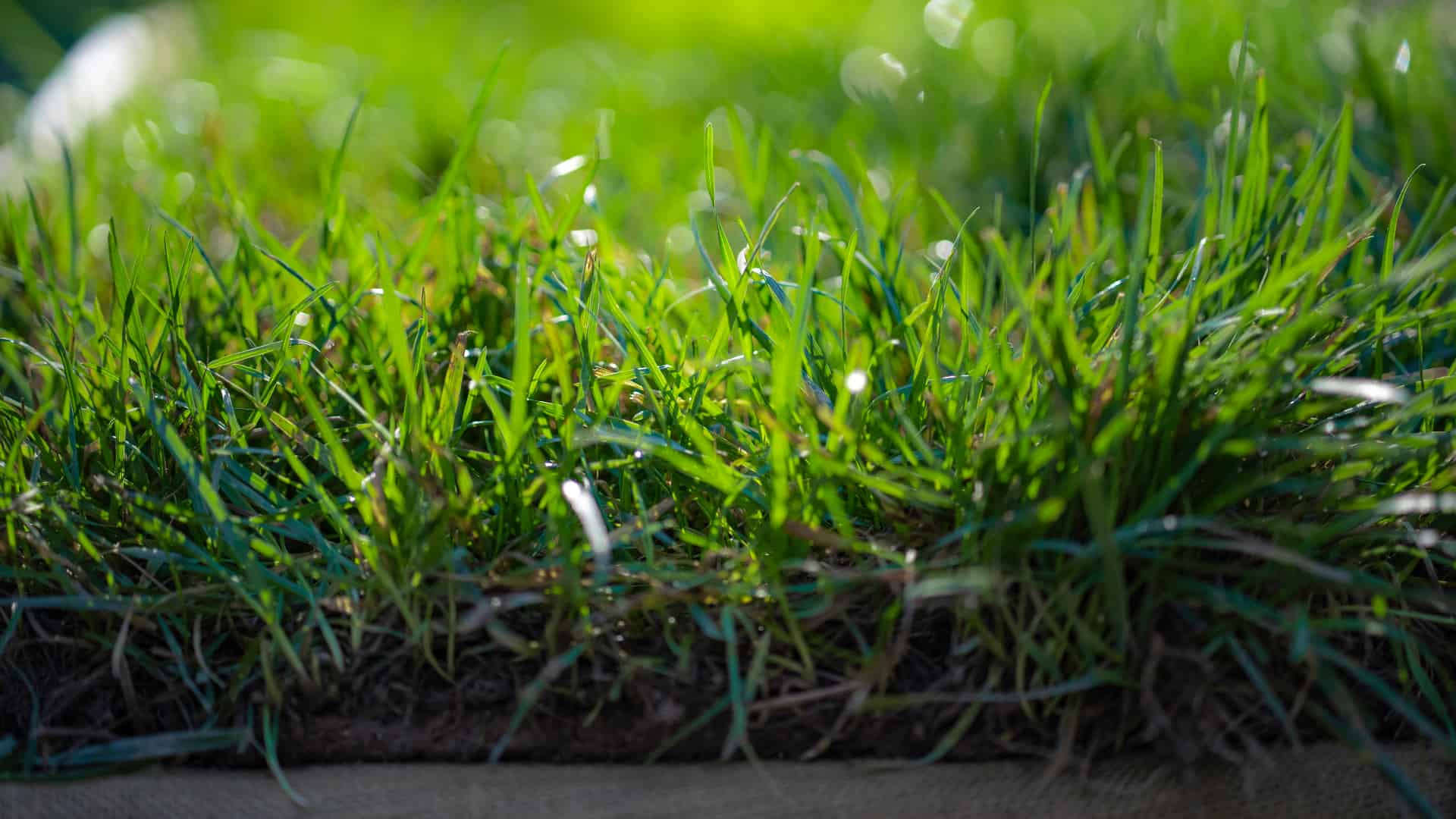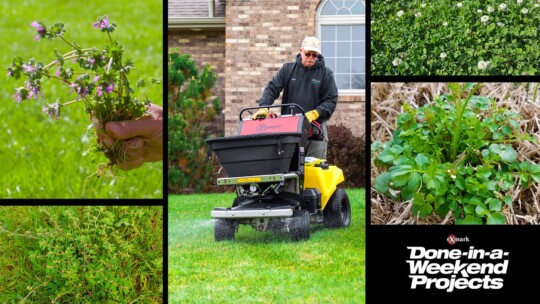
Mower settings are a hot topic of debate for some. However, there are a few basic guidelines that can help keep your lawn healthy and weed-free throughout the year. Today, we’ll talk about the seasonal cycle of mower height settings, with a particular focus on lawn mower settings for cooler late-summer and early-fall cutting conditions.
Ultimately, your ideal mower height settings vary with the type of grass you’re cutting and the time of year. While it’s typical to cut cool season grasses a little longer, in the 2 to 4 inch range, warm season grasses can be cut to as short as one inch, sometimes less. Consultation with your local county extension office or lawn care professional can help you dial in your mower height settings based on region and grass type.

RECOMMENDED VIDEO
Grass 101: How To Choose The Best Grass Type
Looking for the perfect backyard grass? Look no further—we’ve done the legwork for you!
Your ideal cutting height range will depend on the type of grasses you’re cutting.
The Seasonal Cycle Explained
While turf types may vary, the method for setting mower height is similar within the ‘ideal’ range of the grass you’re mowing. Here in the Midwest, Kentucky Bluegrass is prevalent, which typically thrives when cut to a height of 2 to 3 inches. With Kentucky Bluegrass, set the mower at roughly two inches in the spring. As the weather warms up in July and August, gradually increase mower height to a maximum of 3 inches.
Mowing grass higher in the heat of the summer helps keep vital moisture in the ground for your lawn to use, reducing the need for water.
With the transition to fall, the days get shorter and begin to cool off. As they do, it makes sense to lower mower height gradually, so it’s on the low end of your “ideal” height range just before the first freeze, or you see your coldest annual temperatures. Doing so helps to prevent fungus growth over winter months.
Lawn Care Rules to Remember
As you transition to mowing grass shorter, don’t forget the “Rule of Thirds.” That is, never cut more than one-third of the total length of the grass. If you’re starting with three-inch tall grass, don’t mow shorter than two inches in one cutting.
Also, avoid mowing during times of heat stress, or extreme precipitation. Instead, mow just before a forecast rain to allow the freshly cut grass to soak the moisture in.
As soon as the weather begins to cool from its seasonal peak, it’s time to begin adjusting your mower settings for late summer and early fall lawn care. You’ll help your lawn be healthier and more beautiful all year long.



